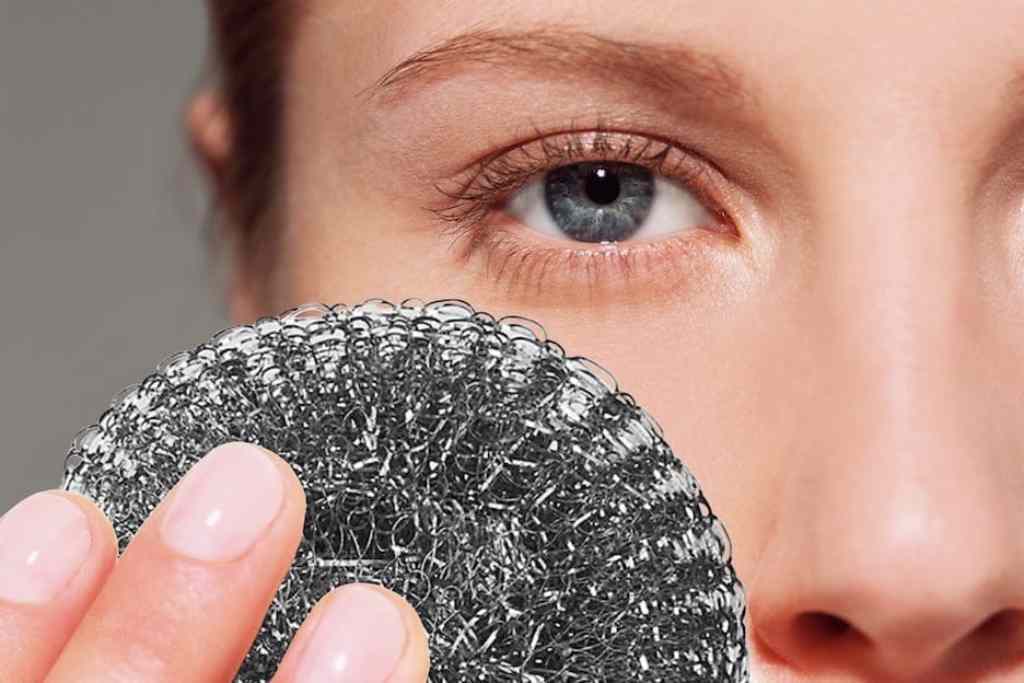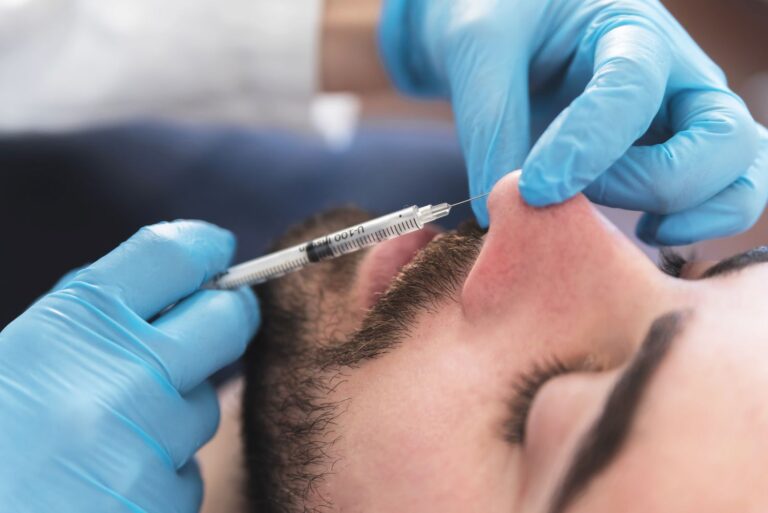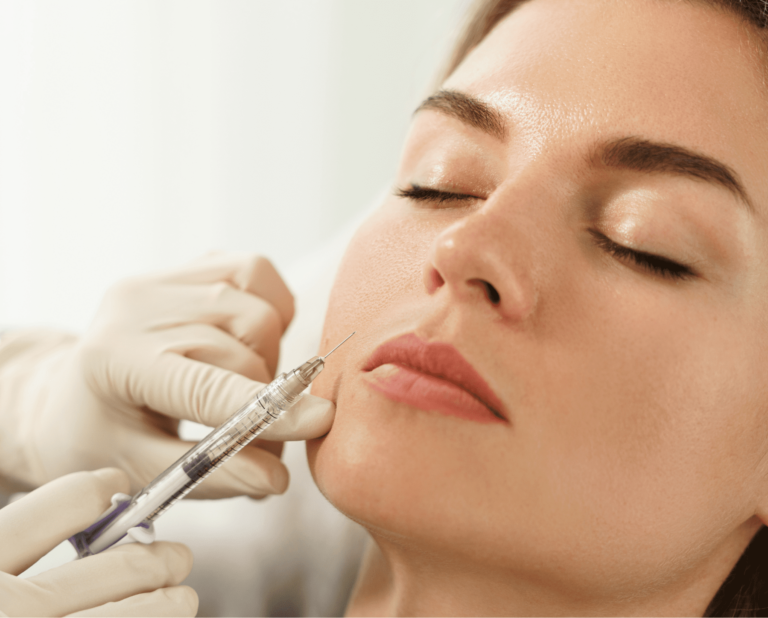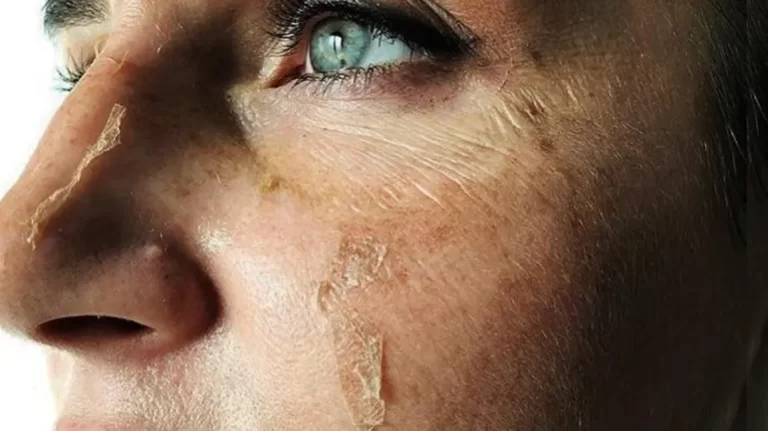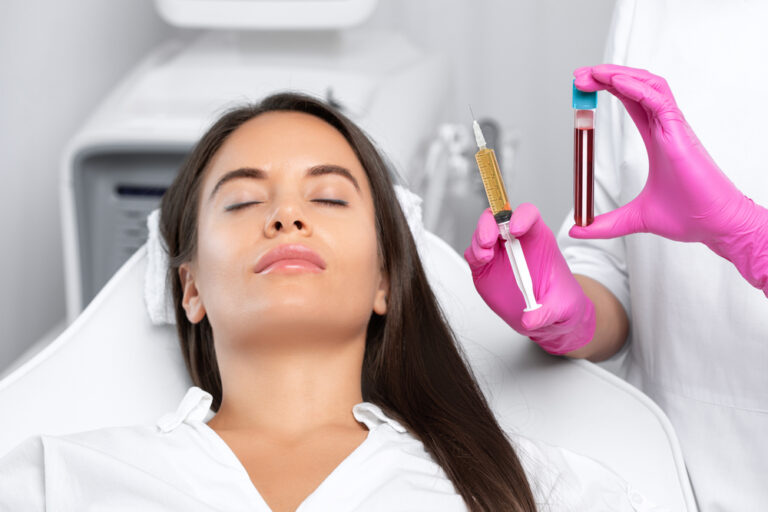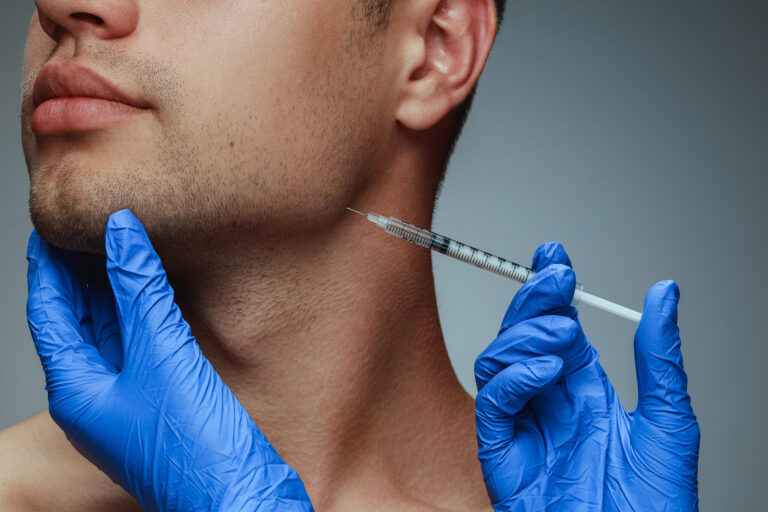Even in skincare, as the saying goes, you can have too much of a good thing. Particularly when it comes to exfoliation. Exfoliators effectively remove dead skin cells to reveal bright and healthy skin when used correctly, but going too far can cause skin issues such as redness, sensitivity, and even spots.
What are the benefits of exfoliating your skin?
Your skin renews every 28 days as part of the natural skin cycle. Exfoliation breaks down the cells in the stratum corneum, the skin’s outermost layer and thereby speeds up the process by which your skin sheds dead skin cells. The removal of dead skin cells in this manner has many benefits for the skin. It clears pores, prevents acne breakouts, buffs away dead skin and promotes cellular turnover.
In your skincare routine, exfoliation is sandwiched between cleansing and serums to enhance the absorption of products that you apply. Exfoliating removes dead skin cells, allowing skin care products such as vitamin C, vitamin A (Retinoids), or any hydrating serums, oils, or moisturisers to penetrate deeper.
Physical Exfoliation vs. Chemical Exfoliation
Exfoliating products are classified into two types that perform the same function but in different ways. A physical exfoliant is a mild acid or enzyme that gently abrades the skin and rubs away dead cells with grains or microspheres such as crushed sugar or jojoba beads.
A chemical exfoliant is a mild acid or enzyme that penetrates the top few layers of skin to soften and dissolve dead cells.
Chemical exfoliants are of two types. Alpha-hydroxy acids (AHAs) and beta hydroxy acids (BHAs) (BHAs). Both have advantages, so it is best to choose them based on your skin type.
AHAs are water-soluble and primarily help with skin resurfacing. They work very well in reducing lines and wrinkles as well as pigmentation.
BHAs on the other hand, are oil-soluble and work well in the pores to break down the oil that causes breakouts.
In general, AHAs are better suited to dry or combination skin, whereas BHAs are better suited to oilier or acne-prone skin.
Those who are sensitive to chemicals can use either, but gentler formulations such as PHAs or Poly Hydroxy Acids will benefit them the most.
How often should you exfoliate your skin?
Your tolerance to exfoliants varies greatly depending on your skin type and the season. The frequency with which you exfoliate is determined by your skin type and exfoliation method. In general, the more aggressive the exfoliation, the less frequently it is required. Physical exfoliants are classified as aggressive based on particle size, while chemical exfoliants are classified based on the percentage of active ingredient.
A gentle chemical exfoliant can be used on a daily basis on the majority of skin types if it is below 10 percent for an AHAs or below 2 percent for BHAs. Higher-strength chemical exfoliants and physical exfoliants should be used only once or twice a week, like masks.
This is the reason why professional chemical peels are performed once in 15 to 45 days by your dermatologist.
Exfoliation should be avoided if you have sensitive skin or conditions such as eczema or rosacea. While it is still necessary to remove dead skin cells, it is also necessary to strengthen the skin. This is typically accomplished by employing ultra-gentle chemical exfoliants such as lactic acid, mandelic acid or PHAs while avoiding all physical exfoliants altogether.
What happens if you exfoliate too much?
Harsh scrubs, high-concentration chemical exfoliants, or a combination of the two can harm the skin’s barrier function. Excessive physical exfoliation can cause micro tears in the skin, whereas excessive chemical exfoliation can remove too many layers of skin cells, causing irritation and pigmentation.
How do you know if you’re exfoliating too much?
Irritation, burning, or peeling, redness and inflammation, breakouts and increased sensitivity to other products in your routine are all signs of over-exfoliation.
And, while that satisfying squeaky clean feeling may lead you to believe you’re helping your oily skin, it could actually be aggravating it. Excessive exfoliation can deplete the skin’s natural oils, leading to more breakouts.
What to do if you have already exfoliated too much?
If you have overdone it, it is critical to tone down your skincare routine for a week to allow your skin to heal. To allow for effective repair, remove all active ingredients from your regimen. Use gentle cleansers and fragrance-free hydrating products instead of foaming cleansers, physical and chemical exfoliators, and retinol products. Over-exfoliation can also cause increased skin sensitivity, so you may be more vulnerable to damage from environmental aggressors like UV rays during this time. It is critical to include an SPF 50+ in your daytime routine.
When to start exfoliating again?
You will be able to reintroduce exfoliation into your skincare routine over time. Visit your dermatologist for an expert-approved plan, or, if you don’t have one, try incorporating an exfoliating step into your routine a few times a week before increasing it to once a day.
When the skin has healed and strengthened, you will be able to resume exfoliation. However, keep in mind that everyone’s skin is unique, and listening to your own skin during this process is critical.
Call 9930993600 to book your consultation with Dr Niketa Sonavane.
